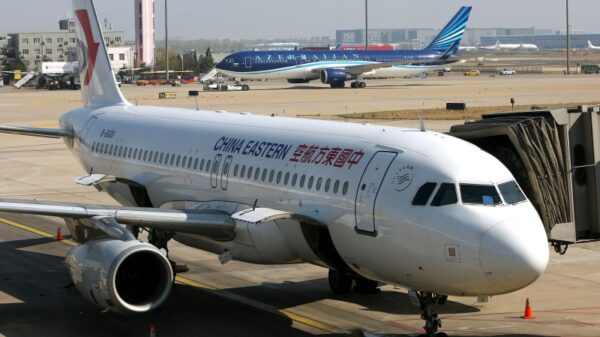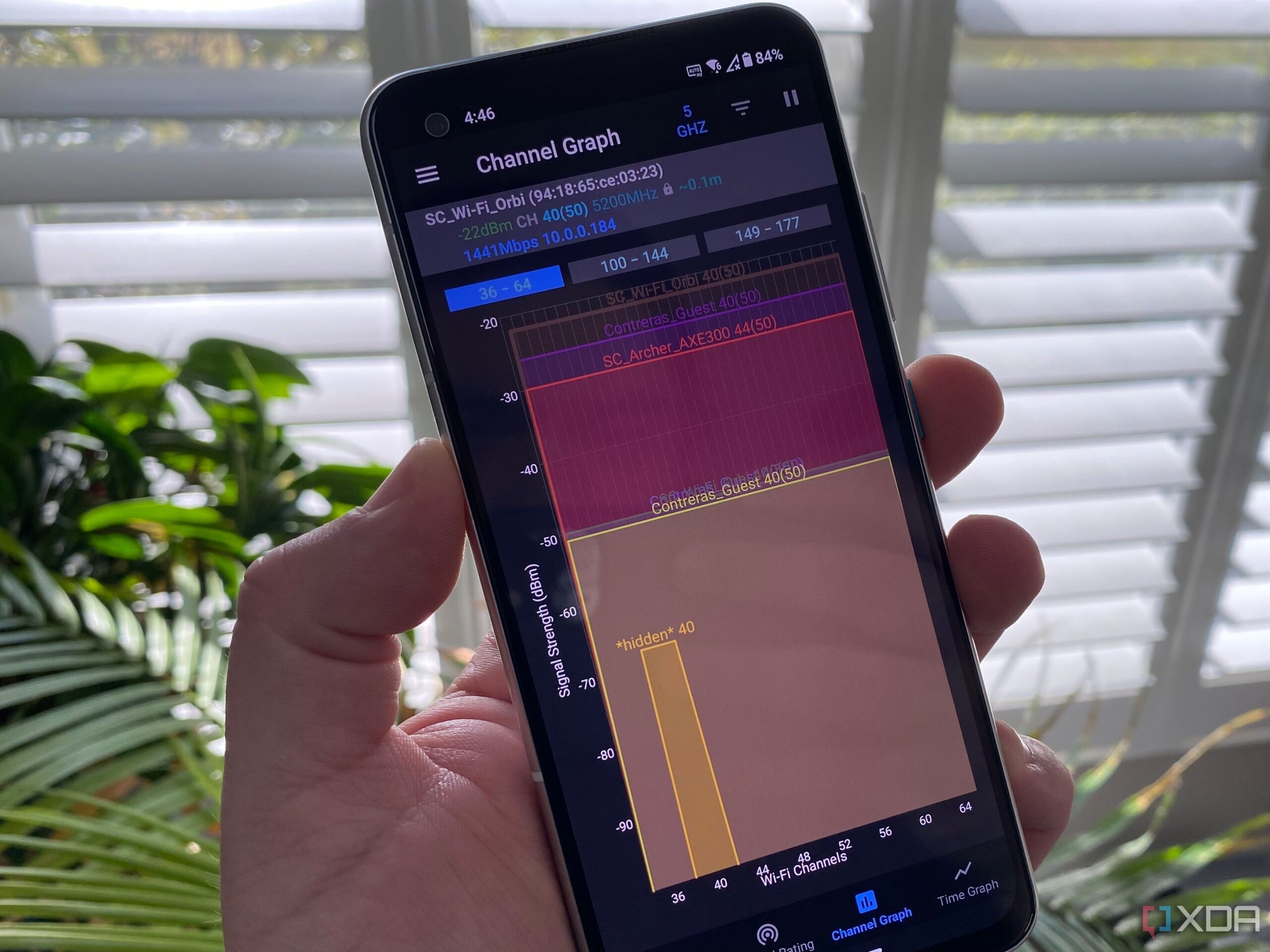UPDATE: As the adoption rate for Wi-Fi 7 accelerates, with a significant boost expected next month alongside the launch of the new iPhone, tech experts are already buzzing about the next generation: Wi-Fi 8. This development is crucial for users, as Wi-Fi 7 enhances connectivity for all devices, while Wi-Fi 8 promises even more groundbreaking improvements in wireless technology.
Officials from Qualcomm recently unveiled key details about Wi-Fi 8, focusing on enhanced latency, stability, and performance. These upgrades are designed to address the challenges posed by the increasing number of devices connected to the same network, making this a game-changer for households and businesses alike.
In a world where edge computing and AI are becoming integral to daily life, the demand for reliable and fast wireless connectivity is greater than ever. The latest data shows that consumers are using multiple devices simultaneously—think smartphones, smart glasses, and laptops—creating congested environments that Wi-Fi 8 aims to tackle head-on.
One of the standout features of Wi-Fi 8 includes Multi-AP coordination, allowing collaborative tools for access points to improve user experience in dense wireless settings. Additionally, seamless roaming will allow devices to switch between access points without any noticeable disruptions in connectivity, similar to how cellular networks function.
The promise of Wi-Fi 8 doesn’t stop there. With enhanced long-range capabilities and improved in-device coexistence, this new technology will allow Bluetooth, Wi-Fi, and UWB to work together without interference. Such advancements are particularly vital for environments filled with smart devices, where consistent connectivity is paramount.
Experts are particularly excited about the “Single Mobility Domains” feature, which will facilitate smooth transitions between access points. This innovation is expected to enhance user experience significantly, especially in large venues such as airports and universities where connectivity issues have been prevalent.
While the IEEE has set ambitious goals for Wi-Fi 8, including a 25% improvement in throughput under challenging conditions and 25% fewer dropped packets, the real-world impact remains to be seen. These targets aim to make Wi-Fi not just a complementary technology but a dependable solution for high-demand environments.
As the Wi-Fi Alliance targets a completion date for the 802.11bn spec by 2028, consumers and businesses alike are eager to discover whether Wi-Fi 8 will deliver the revolutionary changes that Wi-Fi 6E did with its introduction of the 6GHz band.
With these developments unfolding rapidly, it’s clear that Wi-Fi 8 is not just a theoretical upgrade but a necessary evolution to meet the demands of modern life. Stay tuned for more updates as this story continues to develop, and prepare for a future where seamless connectivity becomes the norm rather than the exception.





































































